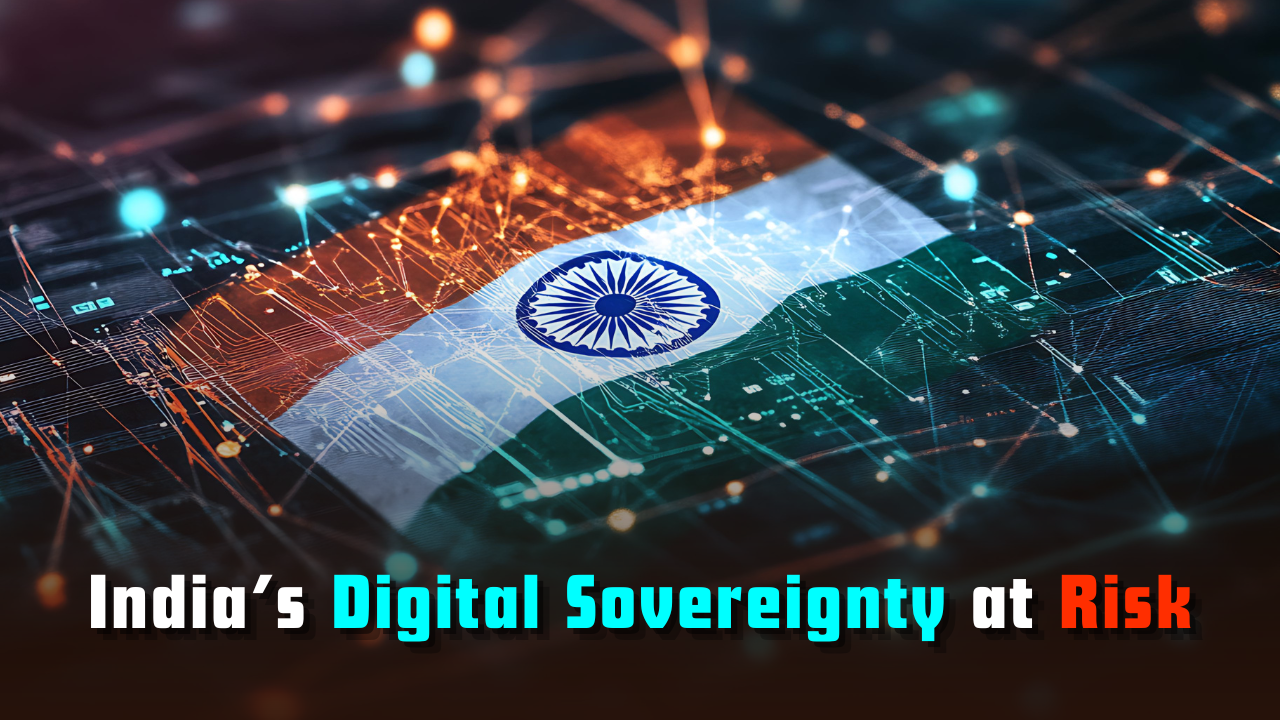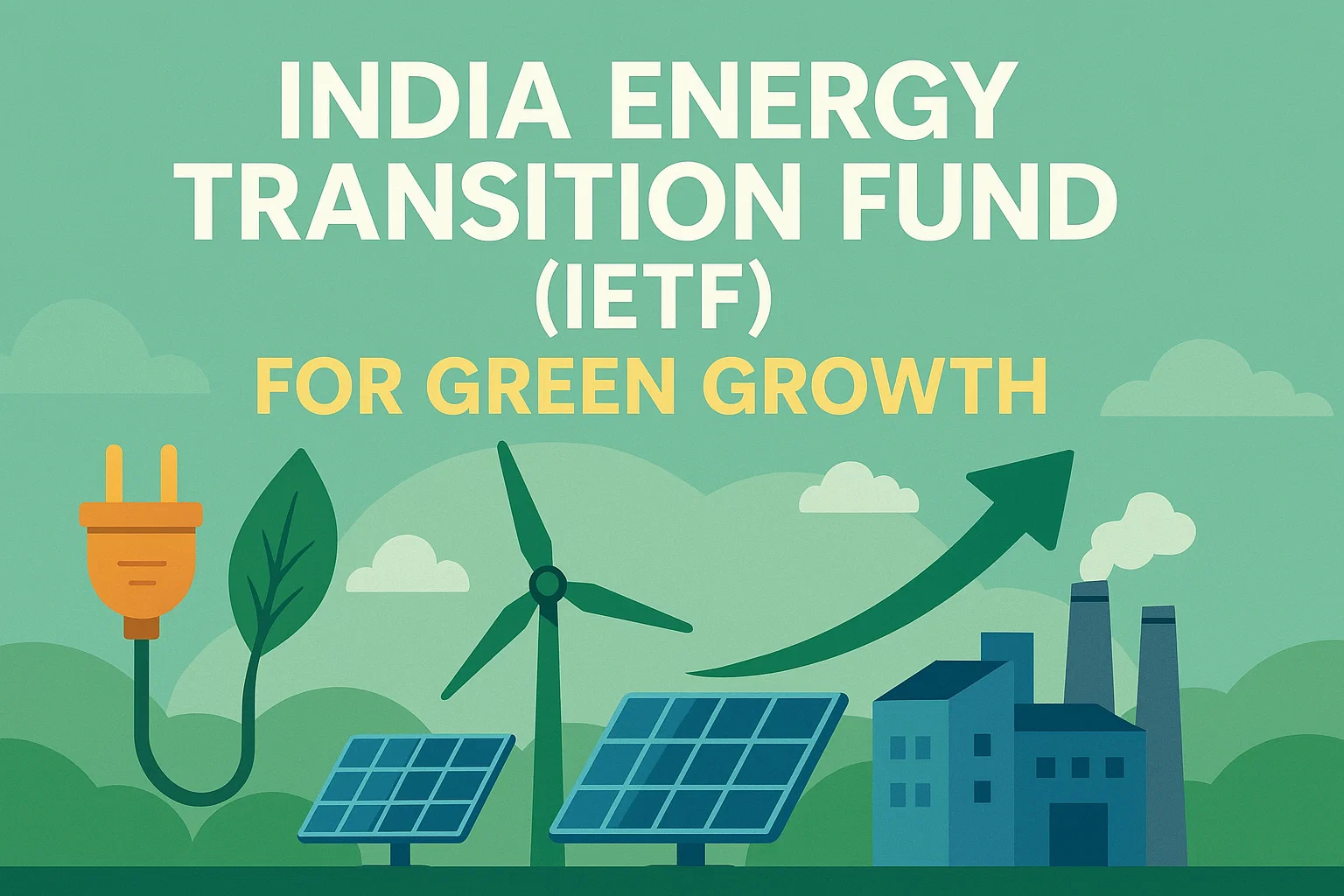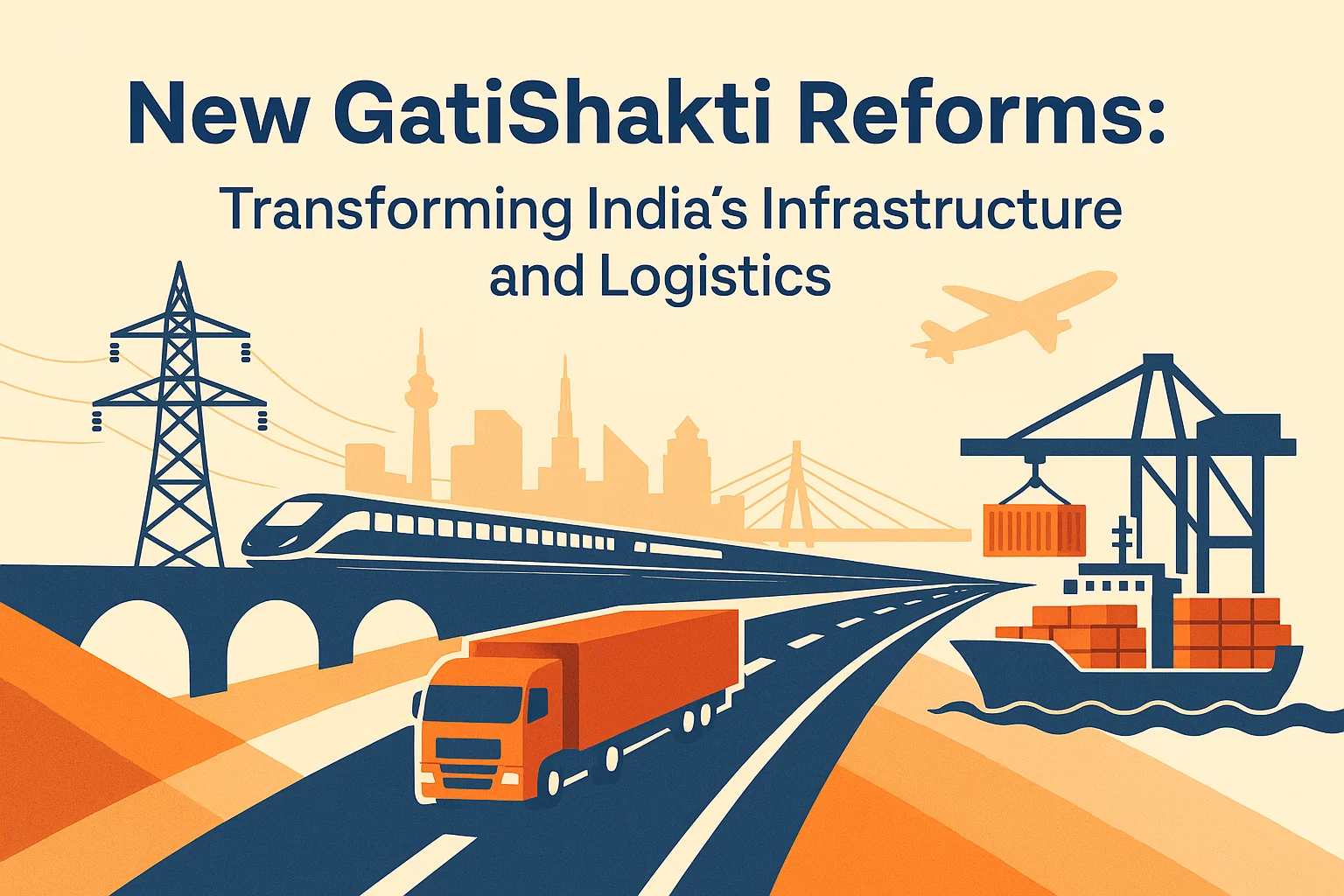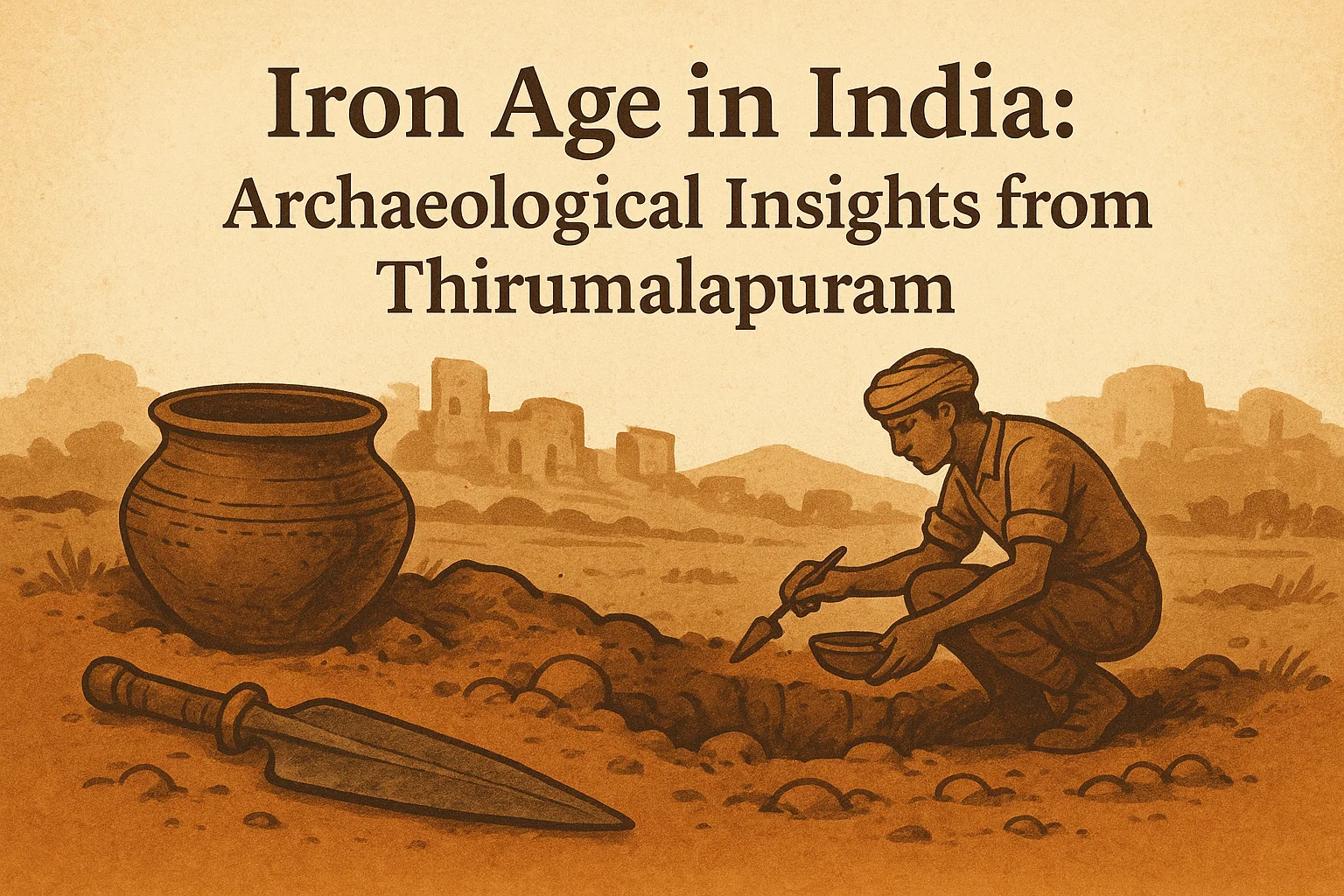India’s Digital Sovereignty at Risk: The UK FTA
This essay explores how the India-UK Free Trade Agreement risks India’s digital sovereignty by compromising control over data, code, and tech policy.
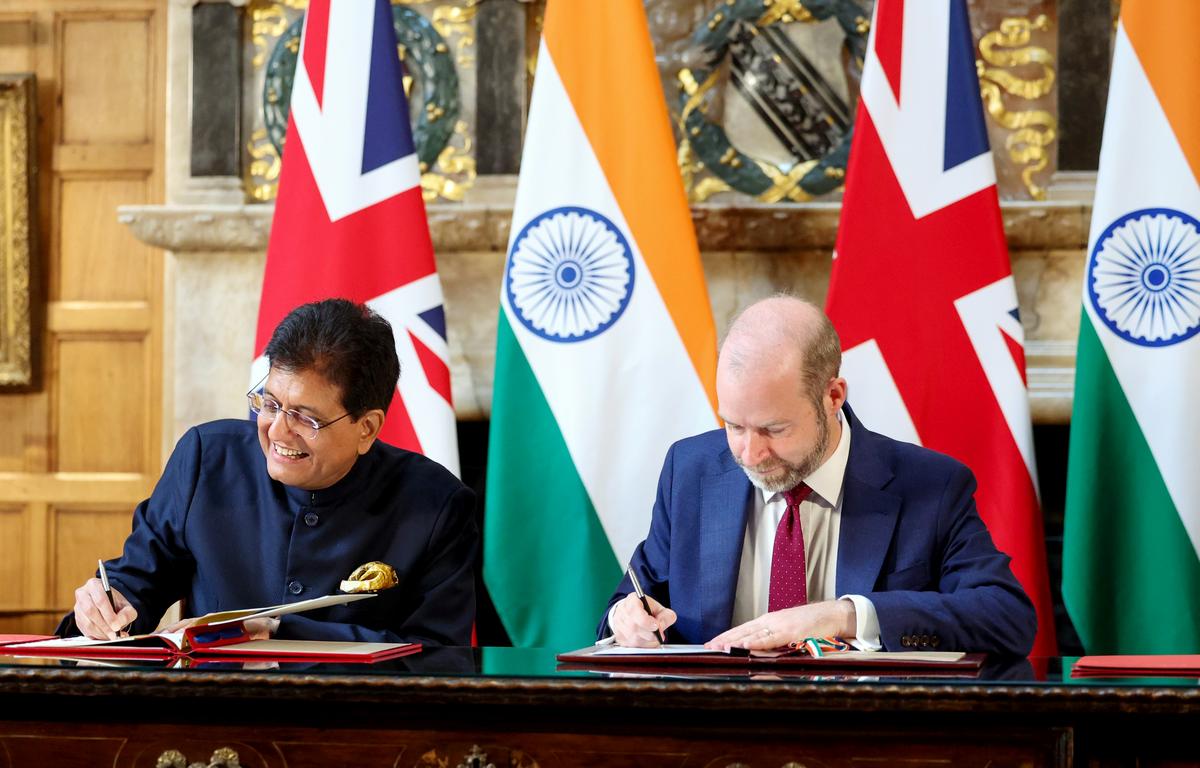
Introduction :India’s Digital Sovereignty
Earlier this year, India and the United Kingdom signed a historic Free Trade Agreement (FTA), which was praised by leaders in both countries as a great leap forward for their economic partnership. The agreement was heavily promoted as protecting India’s vital industries, such as agriculture and manufacturing, which helped to comfort farmers and small businesses. Yet, behind all the celebrations and positive news reports, there is a critical issue that has not received much attention: what will happen to India’s digital sector?
In today’s world, technology is changing how countries compete and keep themselves safe. The control of data, digital systems, and technology—known as “digital sovereignty” (Purushottam & Singh, 2025)—is now more important than ever for any nation. However, there has been little public discussion, either in parliament or in the media, about the digital compromises included in this trade deal, or about how they might restrict India’s control over its own digital future. According to Smita Purushottam and Parminder Jeet Singh, these digital terms could have lasting effects on India’s independence to make its own rules and its dreams of becoming a global leader in technology.
This essay argues that the India-UK Free Trade Agreement makes troubling sacrifices in the digital area, risking India’s digital sovereignty. If not reconsidered, these terms could limit India’s ambitions to become a true digital power.
The Overlooked Danger
While much attention has been given to how the new India-UK Free Trade Agreement (FTA) protects traditional industries like agriculture and manufacturing, the impact on India’s digital sector has hardly been discussed. This is surprising because technology now plays a huge role in how countries grow their economies and keep their people safe. Having control over a nation’s own data, technology, and computer systems—what experts call “digital sovereignty” (Purushottam & Singh, 2025)—is vital in today’s world.
Despite this, the digital side of the FTA was mostly ignored in the media and by politicians. Some of the rules in the agreement could make it harder for India to control important digital information and protect its own technology. For example, there are new rules about how data can be used and shared, and who can access software and important codes. If India cannot fully control these things, it may struggle to keep its information safe from other countries or large foreign companies.
Experts such as Smita Purushottam and Parminder Jeet Singh (2025) have warned that these digital promises could weaken India’s ability to set its own rules and protect its digital future. They believe that if India gives away too much control in this area, it might not be able to become a world leader in technology. The FTA, while good for some parts of the economy, could actually hold India back in the digital age if these digital rules are not reviewed and changed. This makes the digital section of the deal a hidden risk that deserves much more attention.
Risks to Digital Sovereignty in the India-UK FTA
One of the biggest concerns about the India-UK Free Trade Agreement is how it could affect India’s control over its own digital systems and information. Some terms in the agreement could make it more difficult for India to protect its digital sector from foreign influence. For instance, the FTA includes rules that limit India’s ability to ask for the source code behind foreign software, even when it is important for security or safety reasons. In the past, India could demand to see how certain digital products worked to check if they were safe, but the new rules make this much harder.
There are also parts of the agreement that promise to give foreign companies more access to government-held data. Today, data is not just numbers; it is a valuable resource that powers things like artificial intelligence and new technology. By allowing easier access to this data, India could lose its competitive edge and even put its national security at risk. Experts like Smita Purushottam and Parminder Jeet Singh (2025) have pointed out that these digital concessions go against India’s long-held position of protecting its own technology and information.
If India cannot decide how its data is handled and who can use its digital infrastructure, it may become dependent on other countries’ technology. This would make it much harder for India to achieve its dream of becoming a true digital leader in the future. These hidden risks in the FTA show why it is so important for India to rethink the digital parts of the agreement before moving forward.
Securing India’s Digital Future
To avoid being permanently trapped in a digital system that does not serve its best interests, India must take urgent action to reclaim its digital independence and become better prepared for future trade negotiations. One of the most important steps is for the country to create a clear and comprehensive policy that sets out exactly what digital sovereignty means for India. This policy should not only protect national interests but also make clear which parts of the digital world are simply too important to compromise on in any trade deal. By having well-defined rules for how technology, data, and digital infrastructure are managed, India can draw clear lines that cannot be crossed during negotiations.
Alongside this, India needs a strong plan to build up its own digital strength at home. Just as the country has worked hard over the years to become self-sufficient in industries like agriculture and manufacturing, there should now be a dedicated effort to develop Indian-made digital tools, platforms, and standards. This kind of digital self-reliance will make India less dependent on technology from abroad and much more able to handle changes in the world around it. It is equally important that those who negotiate trade deals are guided by experts in digital sovereignty—people who truly understand what is at stake when it comes to digital trade. These big decisions about India’s digital future should be closely watched and debated not just by trade officials, but also by top government leaders, so that all risks and opportunities are properly weighed.
Finally, India should work hard to take an active role in creating the global rules that will shape the future of the digital world. Instead of simply accepting rules made by other, richer nations, India must make its voice heard and push for regulations that match its own needs for development and security. This process must be open and honest, with full public debate and careful discussion in parliament and the media, so that everyone’s interests are protected. By following this path, India can secure its digital future and become a leader in setting the rules for the global digital age, rather than just following what others decide.
Conclusion
The India-UK Free Trade Agreement is not just about goods and services—it sets the stage for how countries shape the hidden, but very powerful, world of digital technology and data. While leaders have talked a lot about how the deal protects farmers and factories, not enough has been said about the serious compromises made in the digital area. These decisions go right to the heart of India’s independence and future ambitions.
By allowing foreign control over things like software source code and government data, India risks losing the tools it needs to keep its economy safe and its technology moving forward. The fact that there has been so little open discussion about these issues is worrying, as it shows a gap between what is promised and what actually happens in international agreements.
If India truly wants to lead the world in digital technology, it must make sure its digital future is decided openly, with strong debate and smart policies. Protecting digital sovereignty is the key to building a real digital superpower.
Subscribe to our Youtube Channel for more Valuable Content – TheStudyias
Download the App to Subscribe to our Courses – Thestudyias
The Source’s Authority and Ownership of the Article is Claimed By THE STUDY IAS BY MANIKANT SINGH
